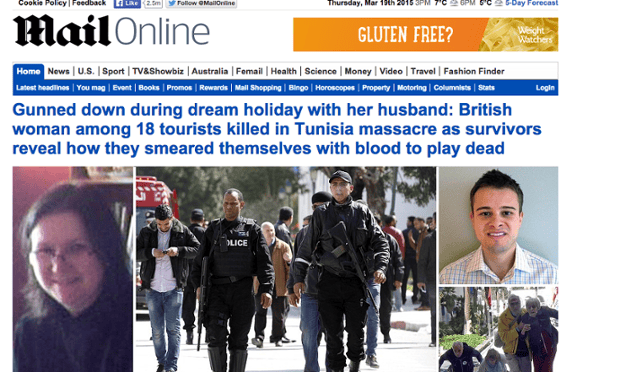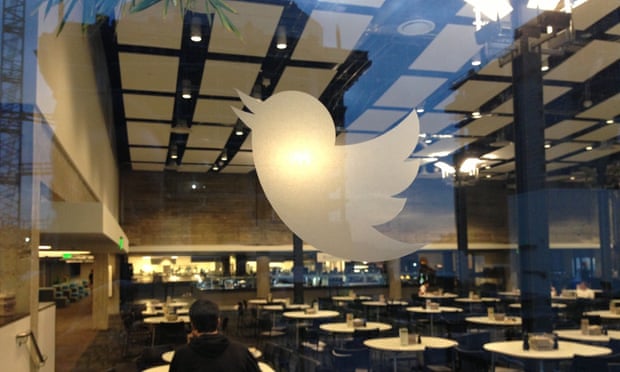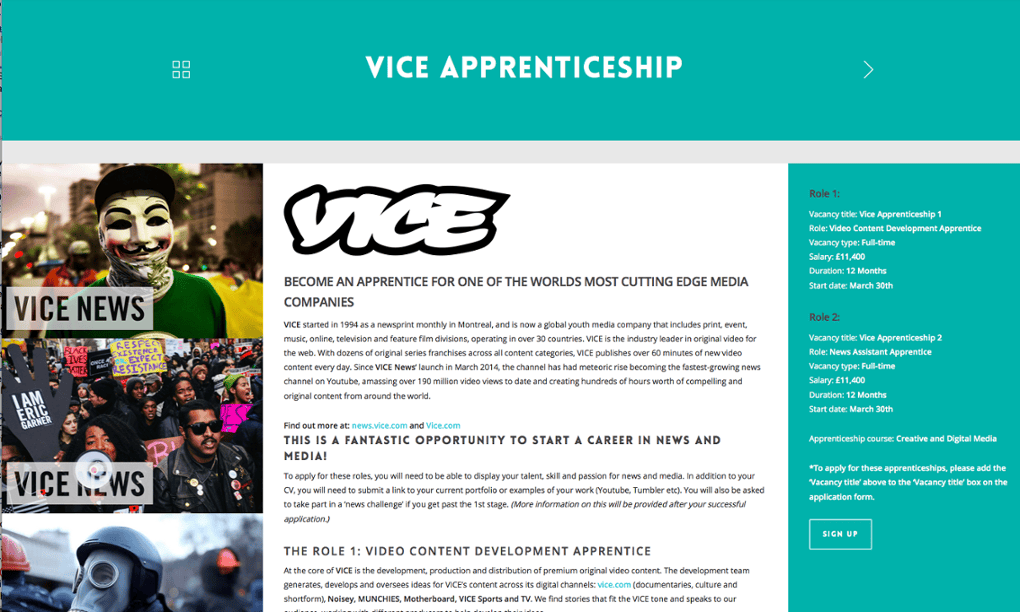Woman killed herself after being doorstepped over McCann trolling

This article is about a women who was found dead in a hotel room due to sour tweets she received.
- On 30 September she was approached by Brunt and a cameraman outside her village home in Burton Overy, Leicestershire, after the journalist was given a dossier containing details of people allegedly posting abusive tweets about Kate and Gerry McCann, whose daughter Madeleine disappeared in Portugal in 2007. Leyland had posted or reposted more than 400 tweets about the McCanns, the inquest heard.
- Sky broadcast footage of Leyland, but did not name her or give details of where she lived, the inquest heard.
- A Sky News spokesman said: “Brenda Leyland’s tragic death highlights the unforeseeable human impact that the stories we pursue can have, and Sky News would like to extend its sincere condolences to her family.”
This shows the power of social media, this women was attacked verbally for expressing her opinions on the McCann family.





